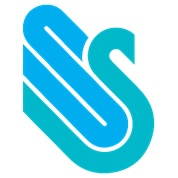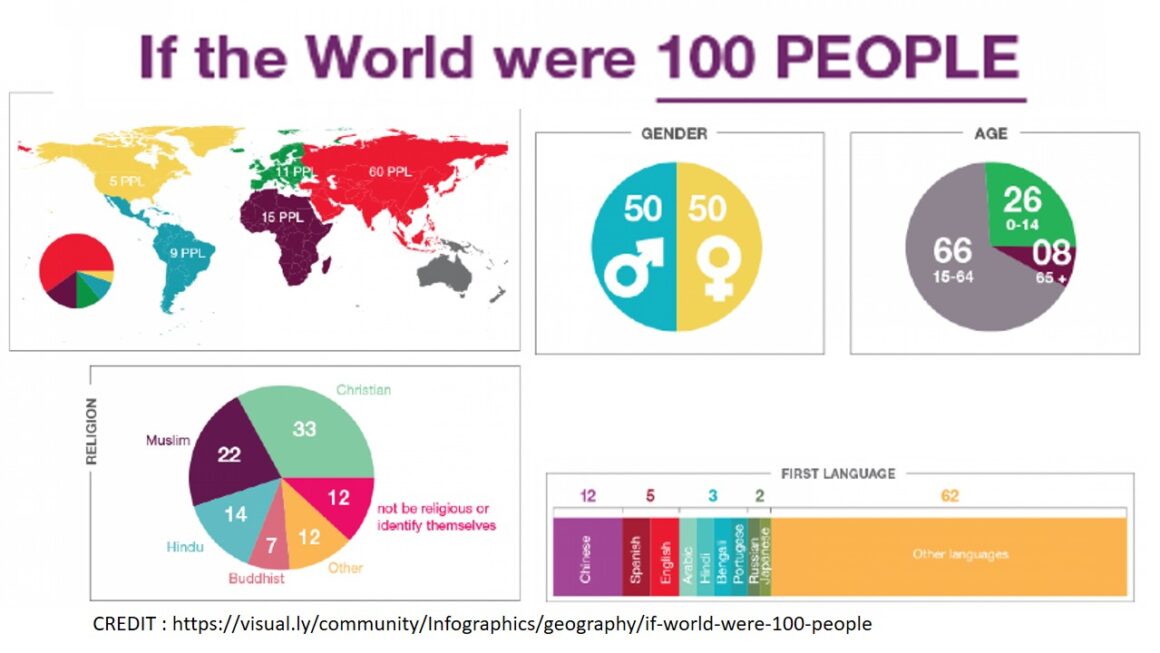READING – BEYOND TEXT
In a hyper-connected world, the traditional act of readings has surely evolved. The first thing you read or see is maybe the screen of the smartphone (2.5 inches in width x 6.5 inches in height), that connects to Email-SMS-Websites- File Attachment (doc, xls, ppts, pdf’s. html links, audio, video files); Newspapers, Periodicals, Research Papers, Reports, etc, While some require urgent action, some are saved for later, and occupy MB/GB in your storage device for posterity, till the sender reminds you about the same. Not so much in hard or physical form, so reading now is beyond just books.
SCAN, LISTEN, VIEW – THE NEW READING

Reading as a creative gateway to the world of fantasies has been challenged by powerful audiovisual media. The challenge perhaps is in the pleasure of reading as a creative process involving imagination and self-cognition disappearing and being replaced by the quick exchange of impressions and images in social media. The question is has the meaning of Reading changed, thanks to the advancement of technology to include – Scanning, Listening and Viewing?
CONVENTIONAL READING
Wikipedia introduces Reading as the process of taking in the sense or meaning of letters, symbols, etc., especially by sight or touch. Further, it adds that — For educators and researchers, reading is a multifaceted process involving such areas as word recognition, orthography (spelling), alphabetics, phonics (a method of teaching people to read by correlating sounds with symbols in an alphabetic writing system), phonemic awareness (ability to hear and manipulate the sound structure of language), vocabulary, comprehension, fluency, and motivation.
ILLUSTRATION-IMAGES-VISUALS AS READING
However Wikipedia further states that — Other types of reading and writing, such as pictograms (e.g., a hazard symbol and an emoji), are not based on speech based writing systems. The common link is the interpretation of symbols to extract the meaning from the visual notations or tactile signals (as in the case of Braille). Text when supported visually was a diagram, illustration and/or picture. Reading has surely changed to scanning (quick glance), listening (audiobooks) and viewing (visual medium).
DEVICE DIMENSIONS

It is interesting to note that typical British Paperback book sizes ranged from 4.35 inches in width to about 8.5 inches in height, while typical newspapers and magazines had articles with a width of 4.5 cms (1.77 inches) per column. The reason we are exploring the dimensions is to understand in the context of reading, what the conventional eye was trained for, and what the contemporary eye has adapted to. Many view documents on the tab (width 3.3 – 7.4 inches, and heights 5.8 – 10.8 inches). Netbooks screens (width 8 – 12 inches), while a standard or mid-sized laptop (screen size from 14 to 16 inches), while desktops range from 19 to 34 inches, though the average width would be 22-24 inches.
TYPES OF READING
Reading as a spontaneous, sustained and everyday activity is in danger, or so it is believed. Today’s studies and news tell us that the young generation, especially boys and young men, do not read long texts for pleasure, even if they otherwise use and produce more text than ever. There are many types of reading today, but two types deserve special attention – Utilitarian (Functional) and Non Utilitarian. The goal of Utilitarian type of reading is to read as little as possible in relation to the desired effects. Today’s typical reader has no patience for spending too much time on texts that exceed the length of an average Wikipedia entry. In Non-Utilitarian type, the reader loves reading and wants to read as much as possible, if the narrative appeals to him or her.
WHAT ARE YOU FEEDING YOUR MIND?
Four centuries ago, a thousand books were published in a year, today is it a thousand a day? Some were trash; others, unforgettable experience, yet you are conscious of not feeding rubbish to your body. Don’t feed it to your mind, so be critical when you read. If a fat novel was considered to be 400 pages (1/2 A 4), you would be shocked to discover that you read that amount of data per week. For a person immersed into data ( researcher/analyst) –upwards of 1,000 pages, it depends on the font you are using, of course, but in general, 250-300 words per page. Therefore, a 55,000-word book should be about 200 manuscript pages. A 100,000-word book would be about 400 pages.
NOW THAT YOU HAVE READ SO MUCH TEXT…
Just a word of advice – now that we have arrived at the convergence of Reading, Listening and Viewing as New reading. If an average reader reads 30 minutes a day, he would read 40 books a year. How much time do you spend reading? Not just from a book, but from various screens. The podcasts you listen to, the documentaries or movies that you watch.
Reading is thinking with questions. What’s the author (sender/communicator) is saying? Do I agree with him? Is his reasoning sound? Give the author (sender/communicator) your eyes but not your mind. Talk about your reading, sharing it in a close circle of friends or associates. This forces you to digest what you have read (absorbed) and enriches you with another person’s reactions. Great Managers / Leaders were all voracious readers.
In conclusion, remember – the people who read are the people who lead!





Excellent write up Subbu, very comprehensive!!
Today a reader,tomorrow a leader!